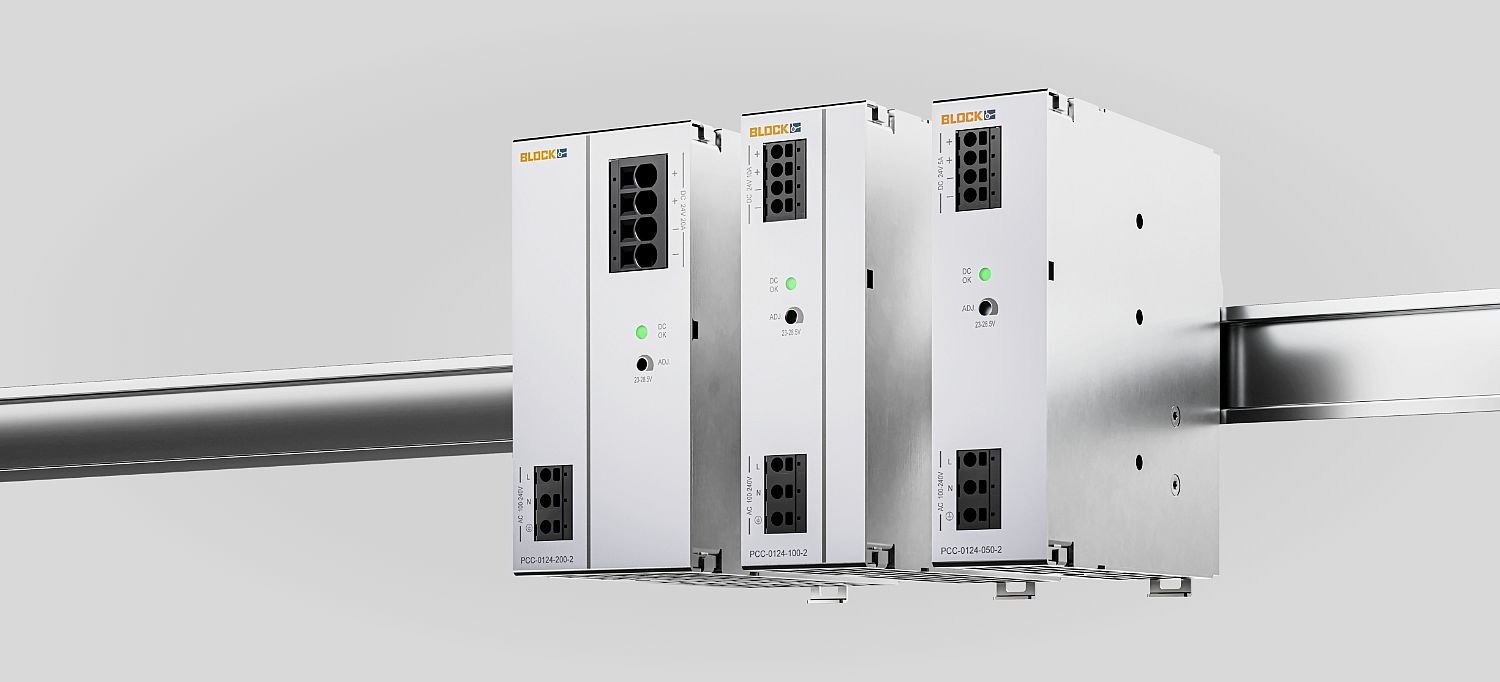The week's pick
Random Articles
Reseach Article
Logic Gate Design using Ambipolar Carbon Nanotube Field Effect Transistors
| International Conference and workshop on Advanced Computing 2014 |
| Foundation of Computer Science USA |
| ICWAC2014 - Number 1 |
| June 2014 |
| Authors: Y. Srinivasa Rao, M. Pradeep |
Y. Srinivasa Rao, M. Pradeep . Logic Gate Design using Ambipolar Carbon Nanotube Field Effect Transistors. International Conference and workshop on Advanced Computing 2014. ICWAC2014, 1 (June 2014), 0-0.
Abstract
In this work, the performance of ambipolar carbon nanotube field effect transistor (CNTFET) is evaluated using Standford CNTFET model in a novel way. Carbon nanotube field effect transistor utilizing a semiconducting carbon nanotube (CNT) channel controlled by both polarity and regular gates. In this work, static logic gates and circuits based on ambipolar carbon nanotube field effect transistors (CNTFETs) using transmission – gate method have been designed. The power and delay performance of ambipolar carbon nanotube field effect transistor (CNTFET) has been investigated in basic logic gates and combinational logic circuits like half adder, full adder, half subtractor and full subtractor based on Standford Carbon nanotube field effect transistor (CNTFET) model.
References
- Deng. J, Wong. HSP, A Compact SPICE model for carbon nanotube field effect transistors including non idealities and its application – Part I: Model of the intrinsic channel region, IEEE Trans. Electr. Dev. (2007), 54, pp. 3186-3194.
- Deng. J et. al, Carbon nanotube transistor circuits: Circuit-level performance bench marking and design options for living with imperfections, Proceedings of Intl. Solid state Circuit Conference (2007), pp. 570-588.
- Guo. J, Datta. S. and Lundstorm. M, Assessment of Silicon MOS and Carbon Nanoyube FET Perofrmance limits using a general theory of ballistic transistors, Digest IEDM (2000)711-715.
- Wind. S, Appenzeller. J. and Avouris. Ph. , Vertical Scxaling of Carbon Nanotube Field Effect Transistors using Top Gate Electrodes, Appl. Phys. Letter, 80 (2002)3817-3819.
- Javey. A. et. Al, Ballistic Carbon Nanotube Field Effect Transistor, Nature, 424(2003), 654-657.
- Lin. Y. M et. al, High-performance carbon nanotube field effect transistor with tunable polarities, IEEE Trans. Nanotechnology (2005), 4, pp. 481-489.
- Lin. Y. M. et. al, Novel Carbon Nanotube FET design with tunable polarity, Proceedings of IEEE Electron Devices Meeting (2004), pp. 687-690.
- Connor. I. O et al, CNTFET modeling and reconfigurable logic circuit design, IEEE Trans. Circuits and Systems I (2007) 54, pp2365-2379.
- Connor, I. O et. al, CNTFET-based Logic Circuit Design, Proceedings of IEEE Electron Device Meeting (2006) , pp46-51.
- Ben- Jammaa. M. H et. al, Programmable logic circuits based on ambipolar CNTFET, Proceedings of Design Automation conference(2008), pp. 339-340.
Index Terms
Keywords

